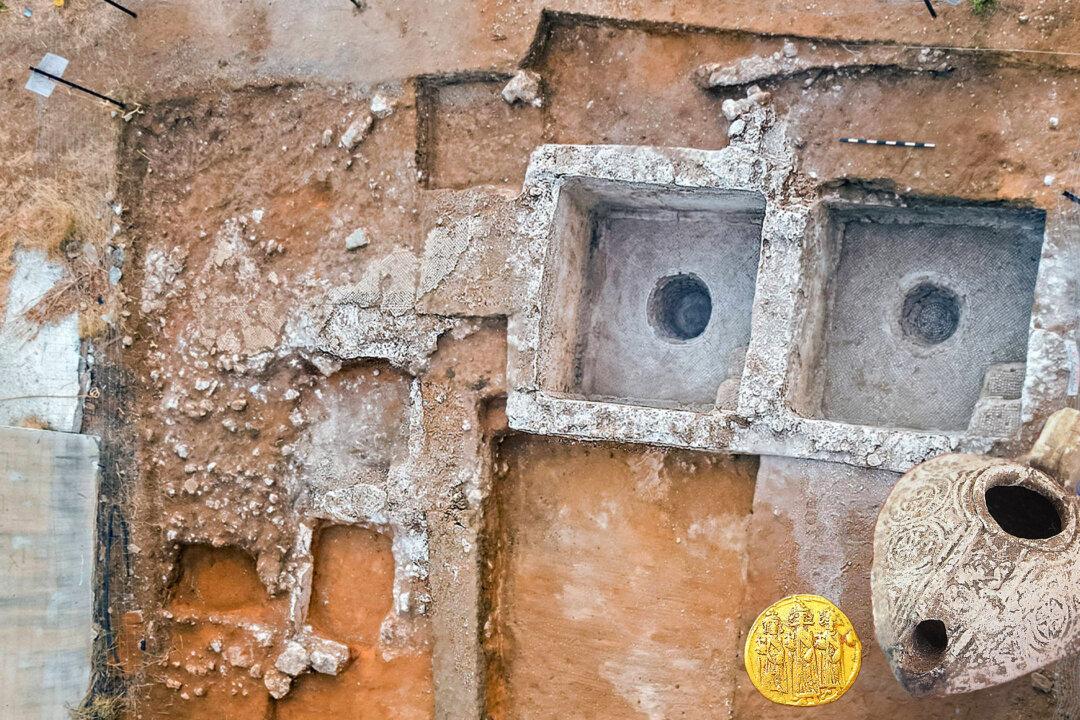Archaeologists in Israel have uncovered a Byzantine-period industrial-agricultural area, including several artifacts, thought to be 1,500 years old—dating the site far older than previously assumed.
The dig, conducted by the Israel Antiquities Authority, commenced on the outskirts of Tel Aviv ahead of a new neighborhood development planned in Ramat Ha-Sharon.






